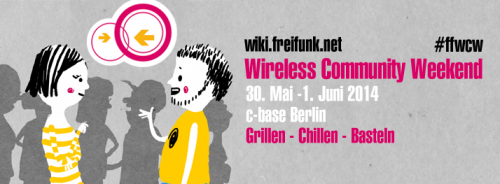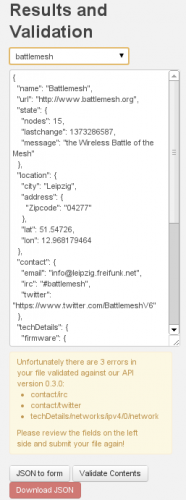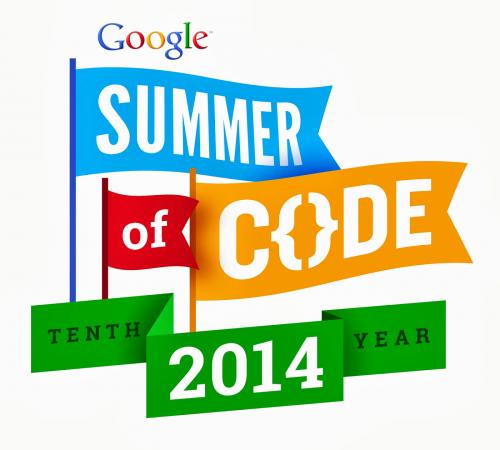Hello all!
A quick update on what is happening regarding my GSoC project with bringing nodewatcher v3 platform closer to reality. Version 2 of nodewatcher used its own simple key-value format and a bunch of shell scripts to provide monitoring data. In order to bring this into the modern era where JSON and ubus are available as compact libraries on OpenWrt by default, I have in the last few days created a new modular OpenWrt monitoring agent that can run on nodes and periodically obtain data from various sources (directly from procfs, from uci, from netifd via ubus, from nl80211 netlink API via OpenWrt’s libiwinfo, etc.).
The daemon is implemented in C and different data sources are implemented as loadable shared object modules, enabling simple extensibility. Nodewatcher agent then provides all of the collected data in two ways: a) it can directly output data to a JSON file that can be served via HTTP; and b) it also provides an ubus object called nodewatcher.agent that exposes a get_data method, so other applications can obtain the same structured data as an ubus blobmsg. The nodewatcher monitoring agent could perhaps also be reused by the proposed Freifunk Monitoring and Administration Panel.
The nodewatcher-agent repository is hosted on GitHub with a README file providing a quick description of the used format, the ubus API and the currently implemented modules:
https://github.com/wlanslovenija/nodewatcher-agent
I have also packaged the agent for OpenWrt so it can be installed together with its various data source modules via opkg. The packages are available in the nodewatcher firmware package repository:
https://github.com/wlanslovenija/firmware-packages-opkg/tree/master/util/nodewatcher-agent
The agent and its packages should be considered alpha and the schema is still subject to change.


